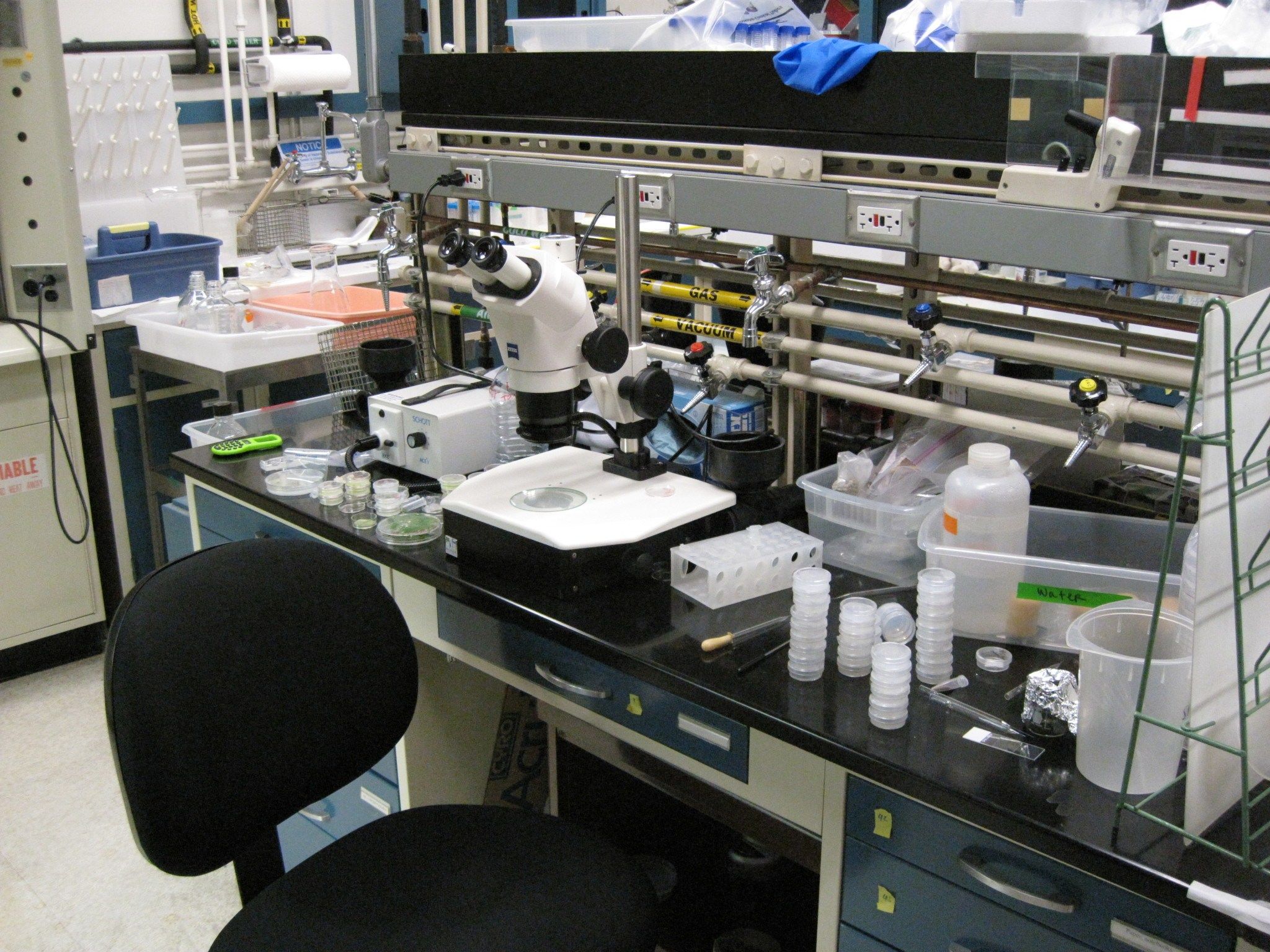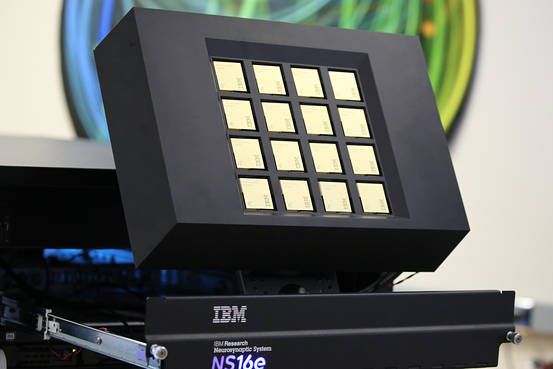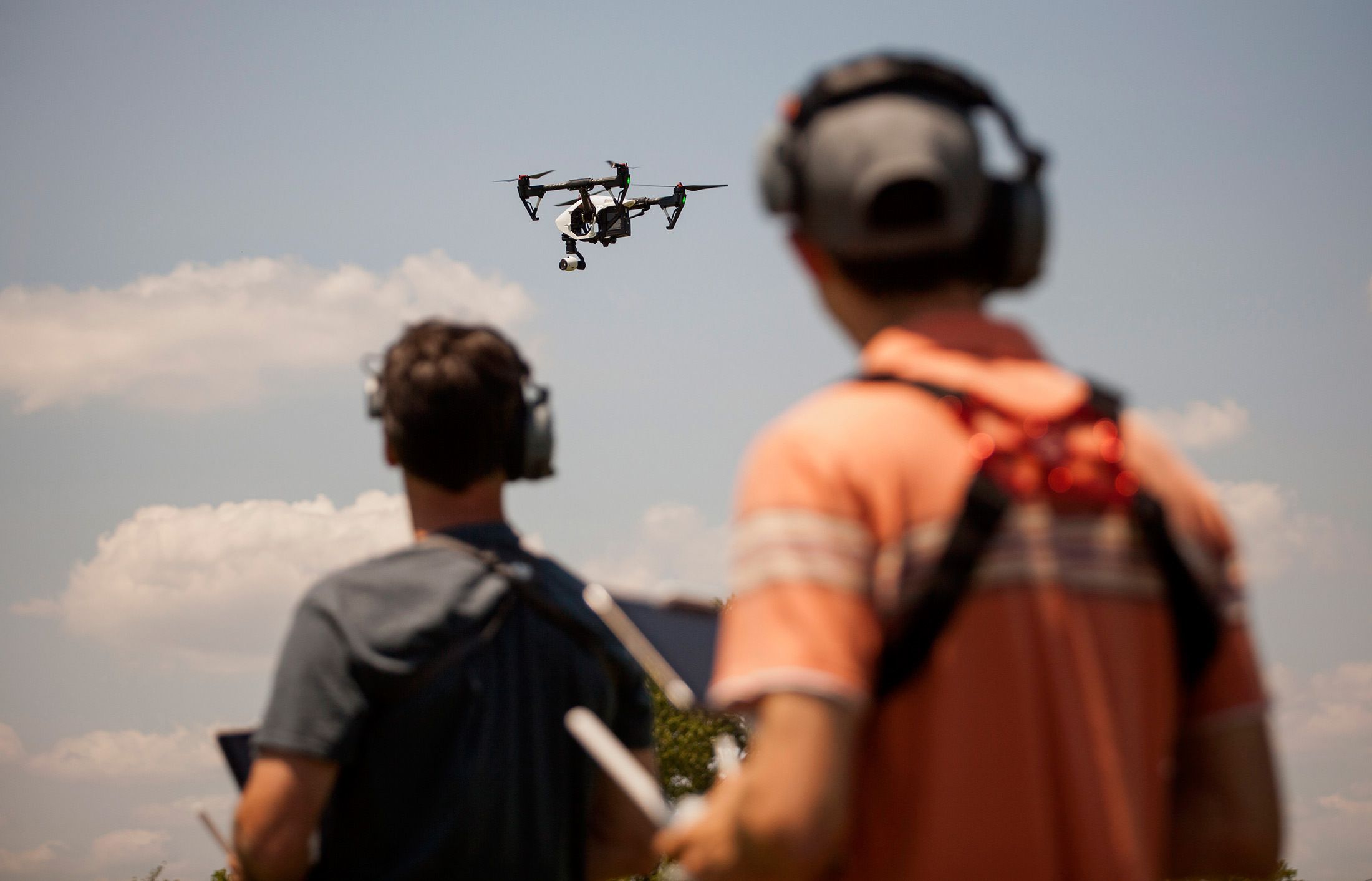Like this article highlights; we will see a day soon when all techies will need some level of bio-science and/ or medical background especially as we move closer to Singularity which is what we have seen predicted by Ray Kurzweil and others. In the coming decade/s we will no longer see tech credentials relying strictly on math/ algorithms, code, etc, Techies will need some deeper knowledge around the natural sciences.
If you are majoring in biology right now, I say to you: that was a good call. The mounting evidence suggests that you placed your bet on the right degree. With emergent genetic recombination technologies improving at breakneck speed alongside a much deepened understanding of biological circuitry in simple, “home grown” metabolic systems, this field is shaping up to be a tinkerer’s paradise.
Many compare this stage of synthetic biology to the early days of microprocessing (the precursor to computers) when Silicon Valley was a place for young entrepreneurs to go if they needed a cheap place to begin their research or tech business. One such tech entrepreneur, the founder of O’Reilly media, Tim O’Reilly — who also coined the term “open source” — made this comparison in an interview with Wired magazine., O’Reilly further commented on synthetic biology saying, “It’s still in the fun stage.”





